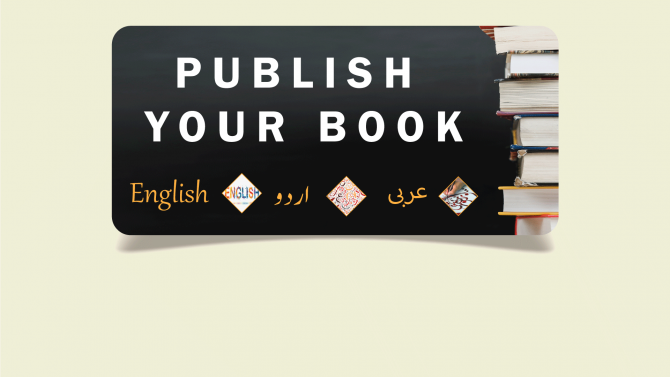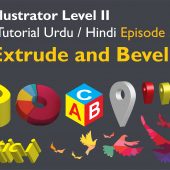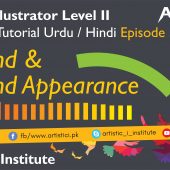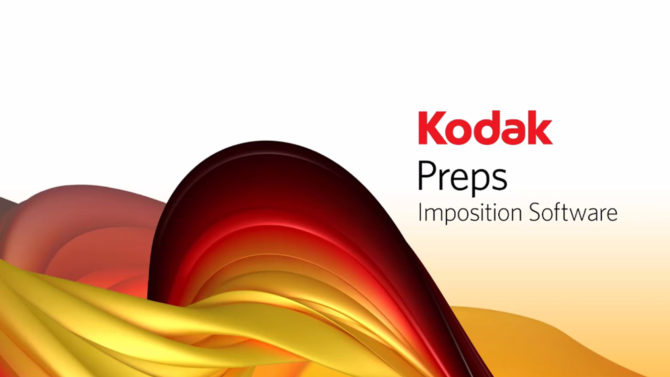Stylize Effects – Adobe Illustrator – Episode 32 – Urdu/Hindi
Stylize Effects in Adobe Illustrator are powerful tools that can transform your designs by adding creative and unique touches. In this episode, "Stylize Effects," we will explore how to apply these effects to enhance your artwork and make your designs stand out.
Introduction
Stylize Effects in Adobe Illustrator allow you to add various artistic touches to your vector graphics. These effects can include drop shadows, glows, feathering, and more. Using Stylize Effects effectively can bring depth, dimension, and a professional finish to your designs.
Getting Start
Applying Stylize Effects
- Select Object: Choose the object you want to stylize.
- Open Stylize Menu: Go to Effect > Stylize.
- Choose Effect: Select the desired effect from the sub-menu (e.g., Drop Shadow, Outer Glow, Feather).
Customizing Effects
- Adjust Settings: Each effect has its own set of customizable parameters. For example, the Drop Shadow effect allows you to adjust the opacity, angle, distance, and blur.
- Preview Changes: Use the Preview option to see how the effect looks before applying it, ensuring you achieve the desired result.
Popular Stylize Effects
Drop Shadow
The Drop Shadow effect adds a shadow to the selected object, creating an illusion of depth and making the object appear elevated from the background.
- Open Drop Shadow: Go to Effect > Stylize > Drop Shadow.
- Customize Settings: Adjust the opacity, angle, distance, and blur to create the perfect shadow for your design.
Outer Glow
The Outer Glow effect adds a glowing effect around the edges of the selected object, giving it a luminous appearance.
- Open Outer Glow: Go to Effect > Stylize > Outer Glow.
- Customize Settings: Adjust the opacity, color, blur, and spread to achieve the desired glow effect.
Feather
The Feather effect softens the edges of the selected object, creating a smooth, blurred edge that blends seamlessly into the background.
- Open Feather: Go to Effect > Stylize > Feather.
- Customize Settings: Adjust the radius to control the extent of the feathering.
Advanced Techniques with Stylize Effects
Combining Effects
- Multiple Effects: Apply multiple Stylize Effects to a single object for more complex and visually appealing designs. For example, combine Drop Shadow and Outer Glow for a glowing, shadowed effect.
- Layer Effects: Layer different objects with varying Stylize Effects to create depth and interest in your compositions.
Using the Appearance Panel
- Appearance Panel: Access the Appearance panel (Window > Appearance) to manage and edit multiple effects applied to an object.
- Effect Stacking: Stack effects in the Appearance panel to create intricate and layered designs.
Best Practices
Consistency and Balance
- Maintain Consistency: Ensure that the use of Stylize Effects is consistent across your design to create a cohesive look.
- Avoid Overuse: Use Stylize Effects sparingly to avoid overwhelming your design and detracting from its overall impact.
Enhancing Design Elements
- Highlight Key Elements: Use Stylize Effects to draw attention to important elements in your design, such as titles, logos, or key graphics.
- Create Visual Hierarchy: Employ effects to establish a visual hierarchy, guiding the viewer’s eye through the design in a structured manner.
Conclusion
Adobe Illustrator can significantly enhance your designs, adding depth, dimension, and creative touches that make your artwork stand out. By following the techniques covered in this tutorial, you can improve your workflow and produce professional-quality designs. Stay tuned for our next tutorial on 3D Extrude and Bevel in Adobe Illustrator.
Link to Adobe's official guide or relevant resources on www.artistici.pk
Next Tutorial: 3D Extrude and Bevel - Adobe Illustrator Episode 33
Written by admin








